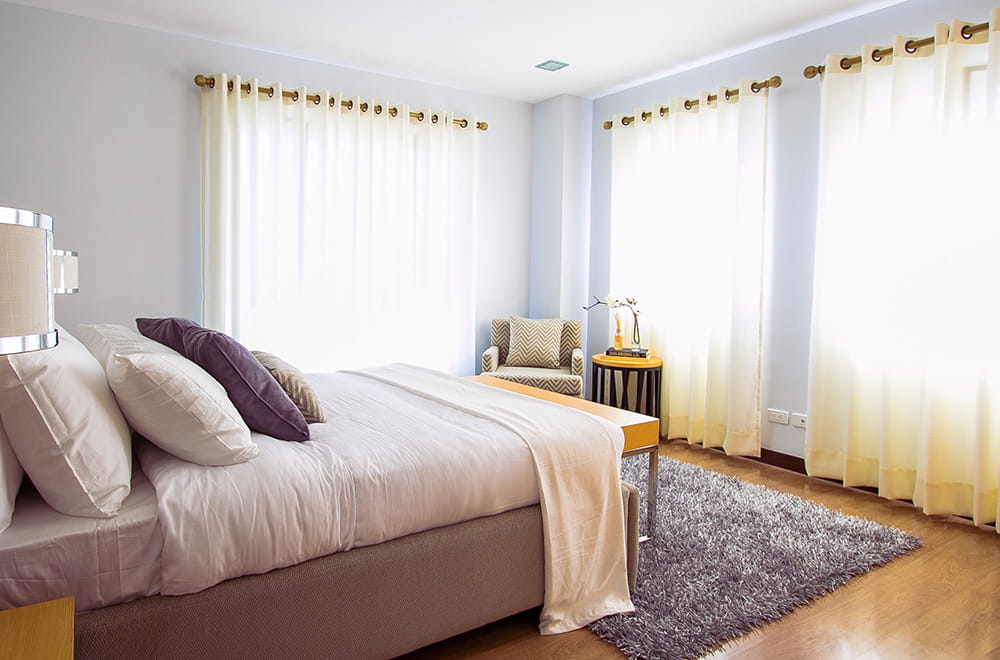Ever wake up in the morning only to feel as if you haven’t been to bed at all
This is an issue that roughly 20 percent of Americans say they face every night of the week according to a study conducted by the National Sleep Foundation.
Another study, this one by Consumer Reports, noted that 27 percent of Americans also have trouble falling or staying asleep a majority of time.
If you fall into either of these categories, what can you do to get a better night’s rest? Here are a few strategies to consider.
Create a Nightly Bedtime Ritual
One way to make bedtime with your children go more smoothly is to establish a bedtime ritual that calms them down and prepares their body for sleep. The same is true for adults.
Create a pattern of behaviors that you can do every night (or almost every night) to tell your body that it’s almost time to sleep.
This may include reading, listening to soothing music, taking a warm bath, or anything else you find relaxing. It doesn’t matter so much what the activity is, as long as you do it consistently.
Turn Off All Screens Early
Pre-bedtime exposure to blue light—a short wavelength of light that produces a high amount of energy—can also make it more difficult fall and stay asleep.
Some of the most common sources of this type of light are the sun and fluorescent and LED lighting; but blue light also comes from television screens, computer and laptop monitors, and handheld devices such as smartphones and tablets.
Therefore, limiting exposure to these types of devices right before bed can help sleep come more easily.
Keep Your Pets Out of Your Bed
Pets are great because they are a never ending source of companionship and love. They are, however, not the best sleep mates because they tend to disrupt the resting process.
If you’re a pet owner who currently allows your dog, cat, or other non-human family member sleep in your bed, you likely already know this to be true.
The best way to overcome this obstacle is to not let your pets sleep with you from the beginning.
On the flip side, if you’ve already let them into your bed, the dog-walking app Wag! suggests that you first give your pet an alternate place to sleep. It also help to close your door so your bed is not an option or possibly even crating your pet at night.
Throw in a treat or his or her favorite toy and it can make the retraining process a more pleasurable experience.
Engage in a Body Relaxation Exercise
When it’s stress that is keeping you awake, finding a way to help your body relax can help promote the sleep process.
An effective body relaxation exercise involves starting at your head and relaxing your muscles one by one as you work your way down to your toes.
With any luck at all, you’ll be asleep before you get too far!





